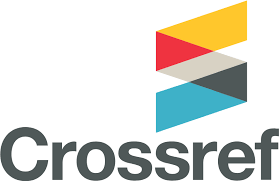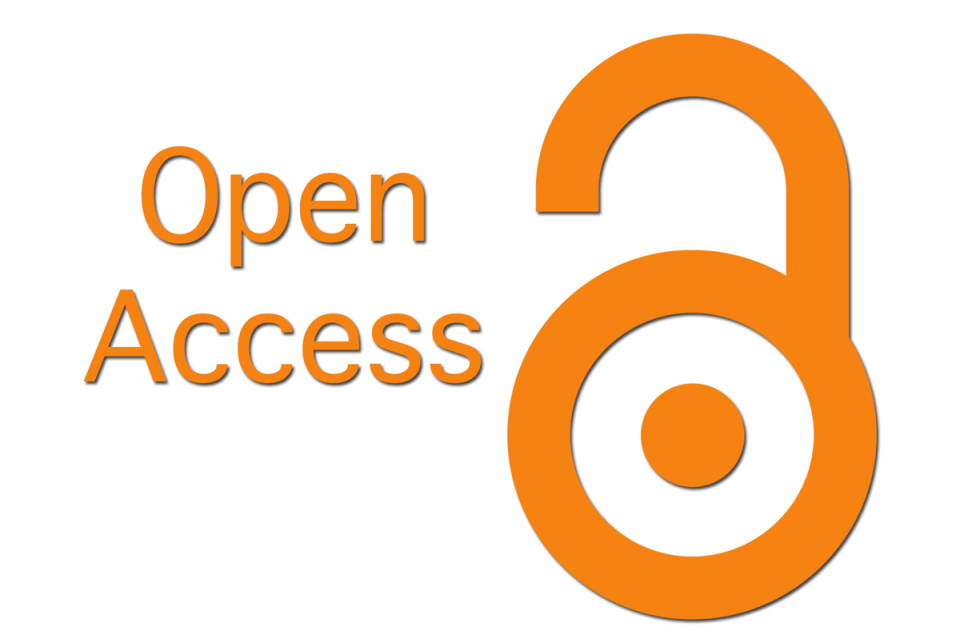Digital Social Threats: From Linguistics to Forensic Science in the Mirror of Patent Solutions
УДК 81'33, ББК 81.1
Abstract
Since digital threats and the transformation of criminal practices are going forward at a steady pace, the detection of socially dangerous communities is becoming a crucial task for ensuring security. The paper presents a systematic review of 15 Russian and international patents (2014–2023) concerning technologies for detecting destructive groups and behaviors in the digital space. Patents are analyzed in detail, they are grouped into five key areas: linguistic analysis of texts, forensic data examination, user profile modeling, biometric identification, and control of unwanted activity. It has been established that 47% of patents protect algorithmic methods. The key technological trends that are identified are as follows: the dominance of linguistic methods (analysis of key expressions and semantic patterns) and threat prediction using user behavior modeling. At the same time, serious limitations are described: fragmentation of modules, underestimation of interdisciplinarity and ethical risks associated with the processing of personal data. Particular attention is paid to patents that describe approaches to analyzing psychophysiological reactions or crowdsourcing conflict moderation. The need for synthesizing forensics and computer linguistics systems to create adaptive detection systems is emphasized. The results of the study are of practical value for developers, law enforcement agencies, and patent experts.
Downloads
Metrics
References
Актуальные киберугрозы для организаций: итоги 2023 года. Positive Technologies. URL: https://www.ptsecurity.com/ru-ru/research/analytics/aktualnye-kiberugrozy-dlya-organizacij-itogi-2023-goda/
Артамонов В. А., Артамонова Е. В., Сафонов А. Г. Кибернетические и информационные войны: основные вызовы и игроки. СПб., 2022.
Будылина Е. И. Возможности выявления признаков личности человека по его цифровой личности / Юридические исследования. – 2024. – №. 8. – С. 82-93.
Вьет Н. Т., Кравец А. Г. Новый метод прогнозирования технологических трендов на основе анализа научных статей и патентов / International Journal of Open Information Technologies. – Vol. 10, № 10. – 2022. – С. 49-62.
Захаров В. П., Азарова И. В. Параметризация специальных корпусов текстов / Структурная и прикладная лингвистика. – 2012. – №. 9. – С. 176-184.
Косова М. В. Параметризация текстов документов как способ жанровой идентификации / Вестник Балтийского федерального университета им. И. Канта. Серия: Филология, педагогика, психология. – 2020. – №. 1. – С. 48-55.
Кочеткова В. Д. Патентоведческая экспертиза как инструмент защиты интеллектуальных прав / Интеллектуальная собственность как базовое условие обеспечения технологического суверенитета Российской Федерации. Сборник докладов XXVI Международной научно-практической конференции Роспатента. – 2022. – С. 35-38.
Малянова К. П. Особенности осуществления оперативно-розыскной деятельности и основные угрозы безопасности киберпространства в условиях цифровизации общества и виртуализации реальности / Сибирские уголовно-процессуальные и криминалистические чтения. – 2023. – № 2(40). – С. 87-93.
Патент RU 177377 U1, 2018. URL: https://patents.s3.yandex.net/RU177377U1_20180219.pdf
Патент RU 2256223 C2, 2005. URL: https://patents.s3.yandex.net/RU2256223C2_20050710.pdf
Патент RU 2469389 C1, 2012. URL: https://patents.s3.yandex.net/RU2469389C1_20121210.pdf
Патент RU 2559725 C1, 2015. URL: https://patents.s3.yandex.net/RU2559725C1_20150810.pdf
Патент RU 2580027 C1, 2016. URL: https://patents.s3.yandex.net/RU2580027C1_20160410.pdf
Патент RU 2634180 C1, 2017. URL: https://patents.s3.yandex.net/RU2634180C1_20171024.pdf
Патент RU 2658165 C2, 2018. URL: https://patents.s3.yandex.net/RU2658165C2_20180619.pdf
Патент RU 2701990 C1, 2019. URL: https://patents.s3.yandex.net/RU2701990C1_20191002.pdf
Патент RU 2719553 C1, 2020. URL: https://patents.s3.yandex.net/RU2719553C1_20200421.pdf
Патент RU 2780046 C1, 2022. URL: https://patentimages.storage.googleapis.com/91/f7/84/d5bf567392e8a3/RU2780046C1.pdf
Патент RU 2790330 C2, 2023. URL: https://patents.s3.yandex.net/RU2790330C2_20230216.pdf
Патент RU 2790946 C1, 2023. URL: https://patents.s3.yandex.net/RU2790946C1_20230228.pdf
Патент WO/2014/163524, 2014. URL: https://patentscope.wipo.int/search/ru/detail.jsf?docId=WO2014163524
Патент WO/2018/124931, 2018. URL: https://patentscope.wipo.int/search/ru/detail.jsf?docId=WO2018124931
Патент WO/2020/176003, 2020. URL: https://patentscope.wipo.int/search/ru/detail.jsf?docId=WO2020176003
Платформа. Викисловарь. URL: https://ru.wiktionary.org/wiki/платформа
Пристансков В. Д., Харатишвили А. Г., Евстратова Ю. А. Искусственный интеллект–новая форма использования специальных знаний в расследовании и раскрытии киберпреступлений / Всероссийский криминологический журнал. – 2023. – Т. 17. – №. 6. – С. 586-596.
Роспатент. URL: https://searchplatform.rospatent.gov.ru/
Свиридов Д. А. Цифровой след и его значение в практике расследования преступлений / Правовая культура в современном обществе. Сборник научных статей VI Международной научно-практической конференции. – 2023. – С. 260-263.
Техники и тактики киберпреступников. Ростелеком-Солар. URL: https://rt-solar.ru/analytics/reports/3416/
Федеральный закон «О персональных данных» от 27.07.2006 № 152-ФЗ. URL: https://www.consultant.ru/document/cons_doc_LAW_61801/
PATENTSCOPE. URL: https://www.wipo.int/ru/web/patentscope.
Copyright (c) 2025 Иван Мамаев, Михаил Марусенко, Вадим Петров

This work is licensed under a Creative Commons Attribution 4.0 International License.
The authors, which are published in this journal, agree to the following conditions:
1. Authors retain the copyright to the work and transfer to the journal the right of the first publication along with the work, at the same time licensing it under the terms of the Creative Commons Attribution License, which allows others to distribute this work with the obligatory indication of the authorship of this work and a link to the original publication in this journal .
2. The authors retain the right to enter into separate, additional contractual agreements for the non-exclusive distribution of the version of the work published by this journal (for example, to place it in the university depository or to publish it in a book), with reference to the original publication in this journal.
3. Authors are allowed to post their work on the Internet (for example, in a university repository or on their personal website) before and during the review process of this journal, as this may lead to a productive discussion, as well as more links to this published work (See The Effect of Open Access).










